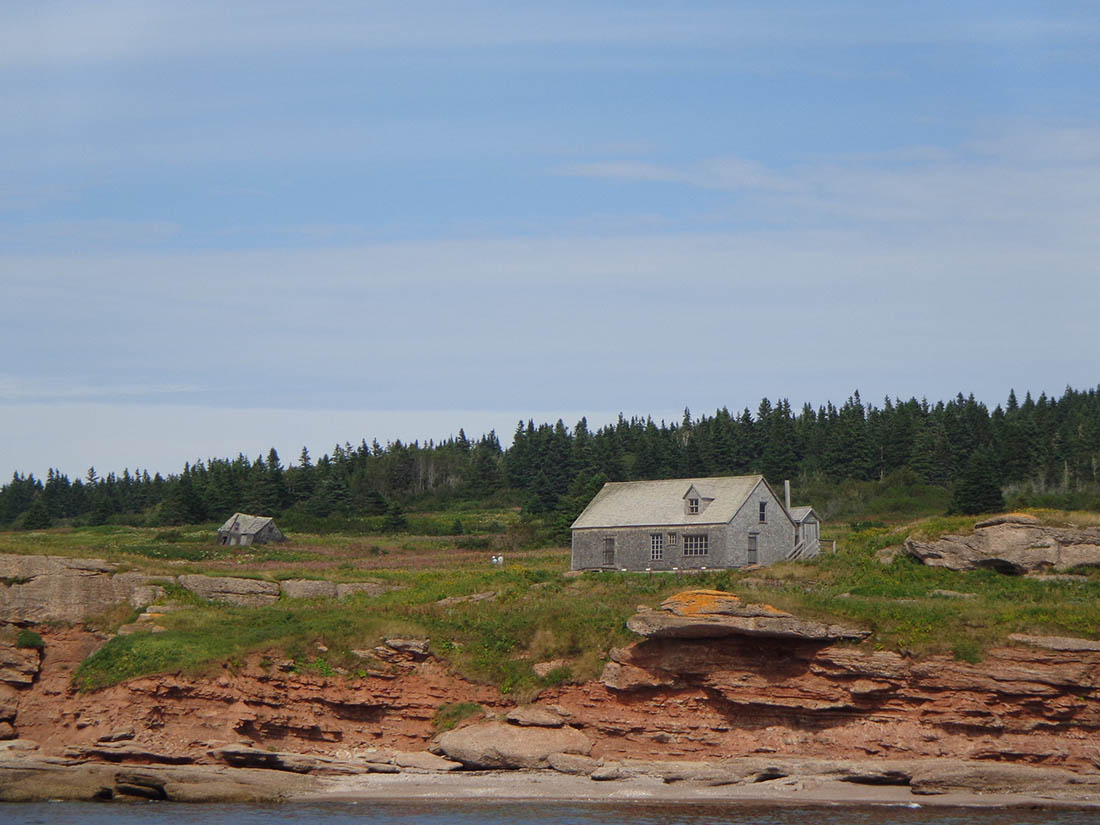Haunted places gain a reputation through tragic events, historical individuals or their environment. In Canada, haunted places represent more than just a location suspected to be inhabited by ghosts and spirits; they are locations where storytelling and folklore continue to preserve history. This article explores three places that are both allegedly haunted and historically significant.
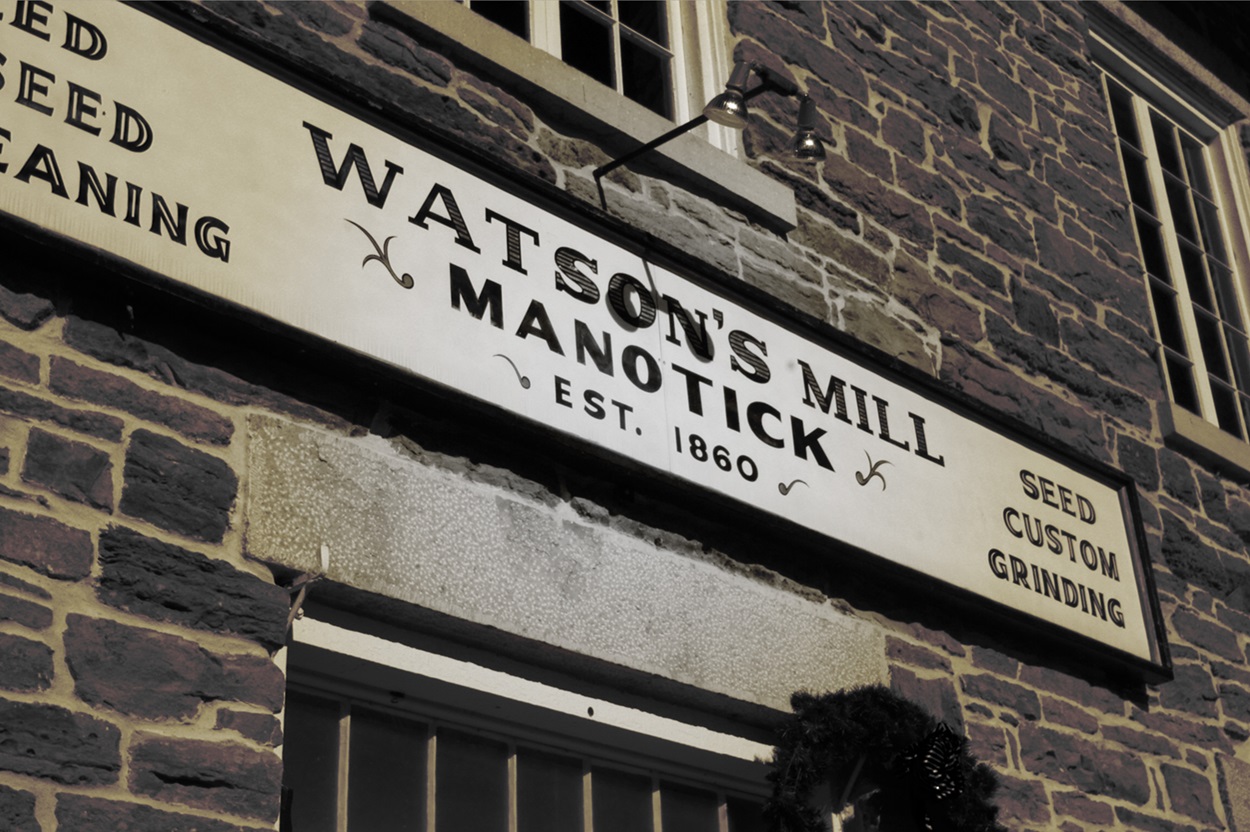
Watson’s Mill, Manotick, ON
Located in Manotick (Ojibwe for “island in the river”), Ontario, along the Rideau River, Watson’s Mill was built in 1860. Originally part of the Long Island Milling Complex owned by Moss Kent Dickinson and Joseph Merrill Currier, the mill is one of Canada’s best-preserved 19th-century industrial sites. The complex had a flour-and-grist mill (Watson’s Mill), a wool-carding mill, a sawmill, a water-control dam and a bung, plug and spile mill. Also part of the complex was the Dickinson house and two carriage sheds. The complex transformed Manotick into a thriving industrial hub, exporting flour and goods critical to the growing population. Over the years, ownership changed, but the mill remained central to village life. Today, it operates as a museum and heritage site, preserving its industrial legacy for future generations. Beyond its historical significance, Watson’s Mill is known for its resident ghost.
Did you know?
On the first weekend of June, the Manotick community hosts Dickinson Days in honour of Moss Kent Dickinson, the town’s founder. The tradition began in 1975 and has since grown into an annual festival open to residents and visitors.
Ann Crosby Currier, the mill’s resident ghost, died on-site in 1861 at 20, just six weeks after marrying Joseph Merrill Currier. Her crinoline got caught in the shaft, causing her to hit her head against a post. This tragedy has led to claims of her lingering spirit. Some have reported seeing a woman in the second-floor windows or descending the attic stairs, and some have heard footsteps or felt unseen hands.
Did you know?
In 2010, Canada Post issued a stamp commemorating Watson’s Mill.
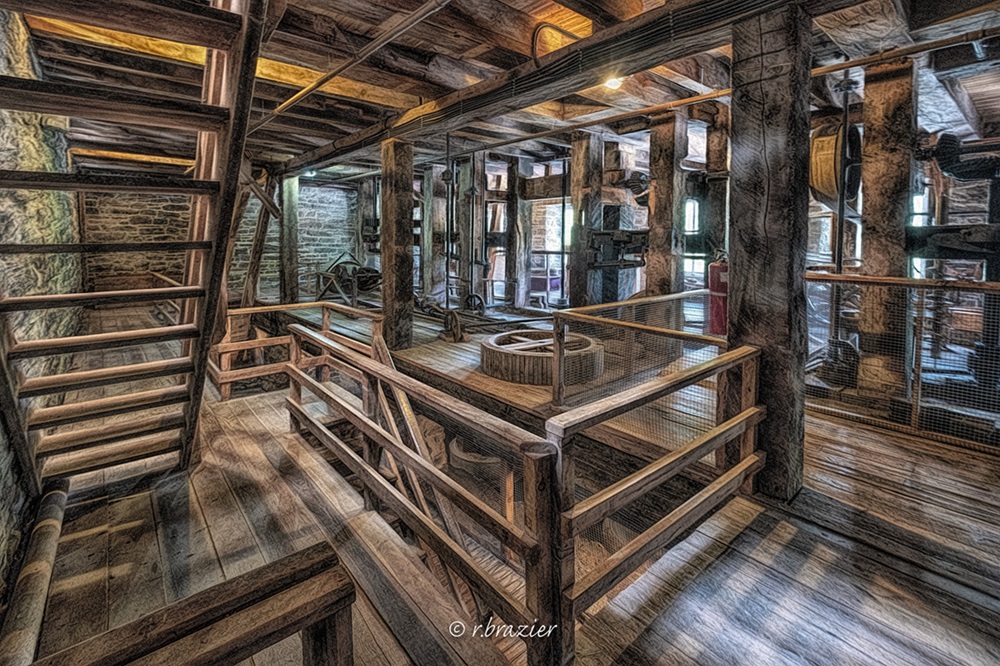
Mackenzie House, Toronto, ON
The Mackenzie House, located in downtown Toronto near Sankofa Square (formerly Yonge-Dundas Square), was built in 1858 by William Rogers. It became the final home of William Lyon Mackenzie, Toronto’s first mayor, who lived there from 1859 to 1861. Originally one of three row houses, it was the only one spared from demolition in 1936. Today, the house operates as a museum with a 19th-century print shop, giving visitors a glimpse into life in Victorian-era Toronto. It also symbolizes the neighbourhood’s transformation from historic homes to high-rise condominiums.
The house is known as one of Toronto’s most haunted locations. Staff and visitors have reported cold spots, phantom footsteps and the sensation of a woman’s presence, believed to be Isabel Mackenzie (née Baxter), the wife of William Lyon Mackenzie. Its reputation for the supernatural adds to its historical significance, blending Toronto’s political past with folklore.
Did you know?
In 1960, the City of Toronto received the house as a donation. The inventory of artifacts ended with the note: “One ghost.”
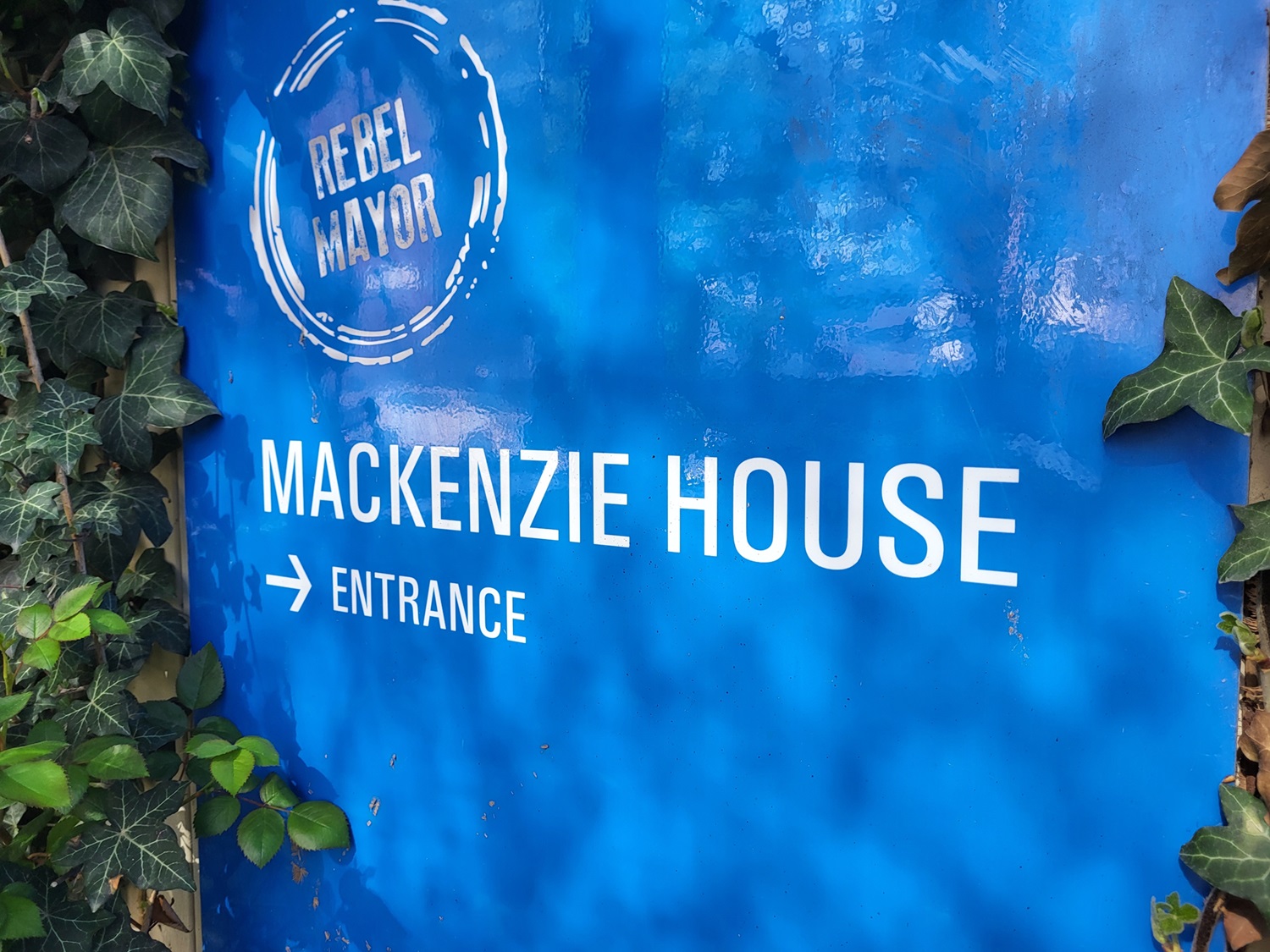
West Point Lighthouse, PEI
Built in 1876 by Mugridge and Company from Shediac, New Brunswick, West Point Lighthouse was the first square-tapered wooden lighthouse on Prince Edward Island. Located near O'Leary on the island’s western coast, the tower was commissioned by the Department of Marine and Fisheries and constructed on a stone foundation attached to a 1½-storey keeper’s dwelling. Only two ever served as lightkeepers before automation in May 1963. The first, William Anderson MacDonald, nicknamed “Lighthouse Willie,” helped build the lighthouse and operated it for 50 years from 1875 to 1925 without missing a single night. Benjamin MacIsaac, a First World War veteran, replaced MacDonald and served from 1925 until the light was automated.
Today, the lighthouse operates as an inn. Many believe the original lightkeepers never entirely left. Staff and guests report lights flicking on and off in the tower and quarters. The lighthouse is now maintained by modern lightkeeper Carol Livingstone, continuing the tradition in a new form. While ghost stories play a role in its mystique, they exist alongside the deeper cultural layers — local legends passed down by First Nations and early Scottish and Irish settlers. All these voices and histories — practical and mythical — are part of what defines West Point. The lighthouse is more than a beacon; it is a meeting point for community memory, maritime heritage and enduring folklore.
Did you know?
On 1 July 1984, the lighthouse began operating as Canada's only inn in a lighthouse. In 2002, it became the first lighthouse on Prince Edward Island to have its ownership shifted from the federal government to a community organization.
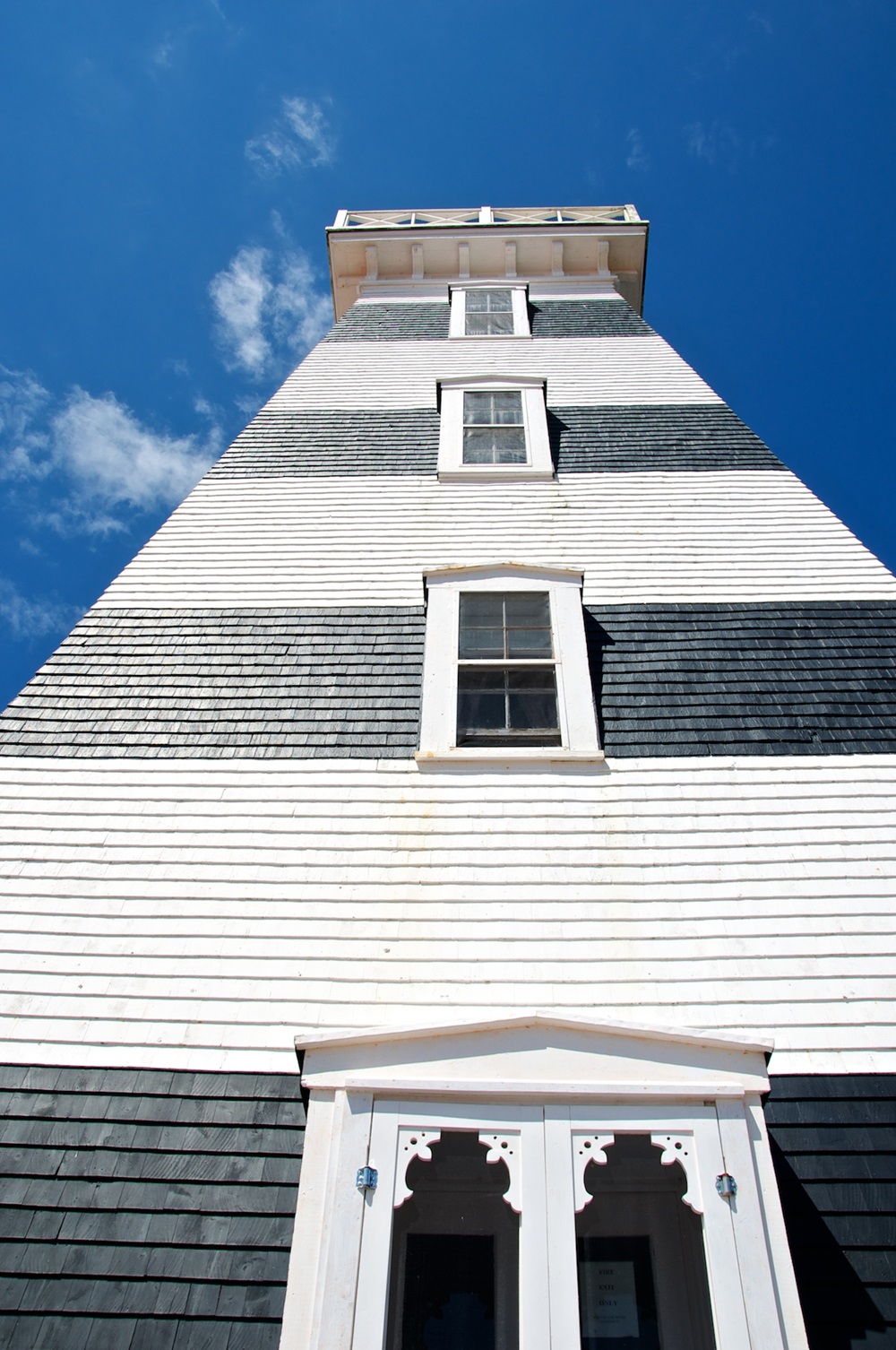

 Share on Facebook
Share on Facebook Share on X
Share on X Share by Email
Share by Email Share on Google Classroom
Share on Google Classroom
